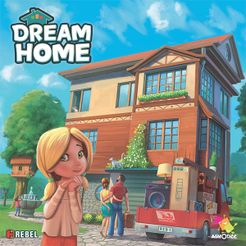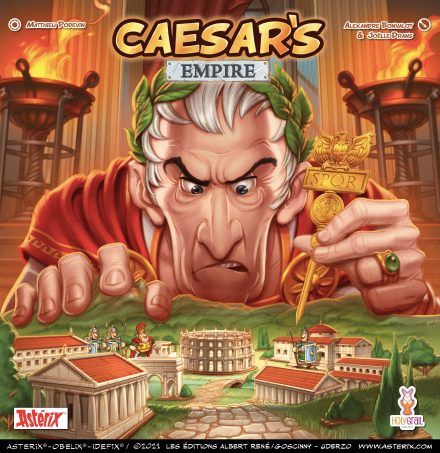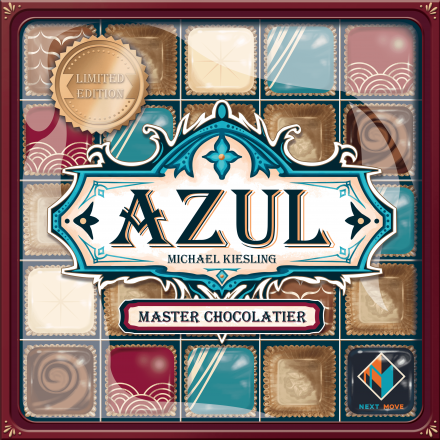
Flyin' Goblin
Attack! Catapult your goblin soldiers, and plunder the riches of the castle! Gold and diamonds reward the best shots, but each room is full of surprises…not all of which are pleasant!
To win, you will have to fully build you totem first OR accumulate the necessary amount of diamonds!
In a round, you will perform the following actions in sequence:
– Everyone catapults their goblins
Then, each players takes turn and:
– Retrieve their goblins and apply the effects of the rooms they fell into.
– Check if a player fulfilled an end game condition.
– Recruit new goblins from their Army board.
From round to round, spend your earnings, buy extra troops and go back to battle! The bravest will build their totem on top of the castle! It will prove your superiority… if it survives the attacks, of course.
Game Mechanics:
- Dexterity
- Set Collection
- Worker Placement
Game Specifications:
- 2 – 4 Players
- ~30 Minutes
- Difficulty Weight 1.20









